|
By Chris Helzer Because they can’t run away, plants may seem helpless against the many large and small herbivores that like to eat them. Nothing could be further from the truth. Many plants have physical defenses such as thorns or stiff hairs to deter animals from eating them. Grasses contain varying levels of silica, which can increase the abrasiveness of their leaves and help make them more difficult to eat and digest. In addition, the chemical makeup of many plants helps make them unpalatable or toxic to potential herbivores. While herbivory is certainly a major threat, plants also have a variety of defenses against pathogens (diseases). If you’re interested in more background on this topic, here is a really nice overview of plant defenses against both diseases and herbivores. Within the last few years, there have been a couple of published studies that highlight some fantastic strategies plants use to defend themselves. In the first of those, German scientists studied a wild tobacco plant and found that when it is attacked by a caterpillar the plant releases a chemical that, in turn, attracts a predatory bug to eat the caterpillar. The production of the bug-attractant is triggered by the caterpillar’s saliva. Essentially, then, the caterpillar sets off an alarm that calls in predators to eat it. How cool is that? A second study, done at the University of Missouri-Columbia, found that a species of mustard plant could detect the vibration signature of a caterpillar chewing on one of its leaves. When the plant identified that signal, it increased production of chemicals that make its leaves taste bad to herbivores. Researchers were able to replicate and reproduce the vibrations and trigger the response in the lab. They also showed that other kinds of vibrations did not cause the plants to defend themselves, so the chemical production appeared to be a direct response to herbivory. These and other research projects help show that plants are not at all defenseless. Not only do they have strategies to make themselves more difficult to eat (toxins, spines, etc.), they can also respond when they are attacked. In prairies, there are numerous examples of plants defending themselves in interesting ways, including sunflowers that produce sweet stuff to attract predatory ants and grasses that increase their silica content under intensive grazing pressure. Of course, herbivores have evolved their own tricks to counter all those plant defenses. Several insect species, for example, have developed ways to deal with the toxins produced by milkweed plants and happily munch away on leaves that would kill other insects. Now its the milkweed’s turn to (through natural selection and over many years) come up with a response to that response. The world is pretty fascinating, isn’t it? So, the next time you’re walking through peaceful-looking prairie on a pleasant morning, remember that those little plants you’re crushing beneath your feet may not be as helpless as they appear. Sure, those plants are mostly fighting back against animals trying to eat them, but you may still find yourself an accidental victim of their defense strategies. Experienced hikers are well acquainted with the abrasive edges of grass leaves and the sharp spines on species such as roses and cacti. At one time or another, most of us have blundered into a patch of nettles or poison ivy. No, plants are certainly not helpless. Let’s just be thankful they haven’t (yet) figured out how to chase us down. A huge thank you to Chris Helzer for authoring this week's blog. Chris is The Nature Conservancy’s Director of Science in Nebraska. To enjoy more photos and discussions about prairie ecology, restoration, and management, follow Chris's blog "The Prairie Ecologist."
0 Comments
Yes! Spring fire season is here! As a Nachusa Grasslands’ fire crew member, it is time to get ready. The Nature Conservancy has three fire crew requirements:
Nachusa Grasslands held its 2018 Refresher exercise on March 10. Folks fresh out of S-130/S-190 attended, along with the regular, seasoned crew. Whatever the team member’s experience, the refresher has always been a day where we all take away lessons. First task of the day — Field test. It helps to take the test in a group. Camaraderie is regenerated as we chat and laugh. Those of the crew who benefit from being taller help those of us who are shorter by setting the pace of four miles per hour. This portion of the day has been nicknamed the “pack test” by Nachusa’s fire crew. Do we call it the pack test because something unconsciously wonderful occurs during the hike that helps reinforce communication and cohesiveness that a crew will need during an actual burn? Are we working together similar to a wolf pack, thus, a “pack” test? Hmm. Next — Classroom. This is the time to review our various burning methods and first aid/safety. This portion of the day is perhaps the most difficult because we all prefer to be outdoors. There is the benefit that someone typically brings homemade goodies to share. Finally, we head outdoors to practice! We split into groups and work through various stations.
Equipment Review. If you have ever burned somewhere else, you immediately appreciate the plethora of tools available at Nachusa. The trucks with large water tanks are helpful. The trucks are not as maneuverable as a utility vehicle (UTV), but the big tanks are great because large volumes of water are available on the fire line. In contrast to the trucks, we have UTV’s with smaller water tanks that can access tight or muddy areas. You can imagine this luxury if you have hauled a water backpack onto a fire line. The trucks and UTV’s are only a sampling of Nachusa’s equipment. Of course, equipment requires preventive maintenance. Before every fire, all vehicles and tools are inspected for common issues. For example:
Vehicle Extraction. The best way to to avoid pulling a vehicle out of the mud is to not get it stuck. Ah, comedian. Truly. . . we talk about being mindful of the terrain, when to have a vehicle in low versus high, four-wheel drive versus two-wheel, and differential lock or not. Then we simulate a stuck vehicle and practice using the new winches on the UTV’s. The new winches are nifty because they have a “remote” that you plug into the anchor vehicle and therefore operate the winch at a safer distance from the vehicles. With this method, you can get a better perspective of the extraction process and know more quickly if the mired vehicle is clear of the mud. Cool. Vehicle backup. We use the trucks for this station. When the trucks are loaded with the water tanks, hose reels, and water pumps, it is difficult to see behind the vehicle in order to back up safely. It is extremely important to have a spotter to help back up without incident — property damage or, worse, personal injury. Verbal communication and clear hand signals are necessary between driver and spotter. We practice making a straight-on backup, and then also a straight-on backup with a 90° turn — all between cones! Yikes! Spot Fire Simulation. By far, the most anticipated station of the day — working with fire! Our burn boss, Bill Kleiman, sets a fire in the prairie and radios a “spot fire” to the waiting crew, asking for resources. We respond, separately attack the fire flanks as two teams, and extinguish the spot fire as quickly as possible, always mindful of safety. The exercise is intended to remind us how to actually approach an unwanted fire, and how to quickly and purposefully move to extinguish the fire before it is out of hand. In speedy succession, we think about the crew member up front working the fire hose and “eating some smoke” — might that person need relief? Can the driver see through the smoke? Is the now blackened area cool enough to drive over? Is somebody tending the hose so that it does not catch on fire? What is the wind doing and how is the fire moving? What type of fuels are we in? Is the fire out with the first pass or do we need more resources? Is the fire completely out? Any flare ups — double check, double check, double check. We gather for our “after action” review; what was good and what could we have done better? Let’s do another! When our refresher exercises are complete, we head back to the Headquarters Barn for some snacks, beverages, more camaraderie, and end with the feeling of a day well spent. I love the whole burning process — from initial preparation to the actual burn — to witnessing the various habitats rejuvenate and thrive following the burns. Do you want to be a part of prescribed fire? Contact us, and we hope to see you on the fire line soon! This blog post was written by Gwen D., a volunteer steward at Nachusa Grasslands.
|
Blog CoordinatorDee Hudson
I am a nature photographer, a freelance graphic designer, and steward at Nachusa's Thelma Carpenter Prairie. I have taken photos for Nachusa since 2012. EditorJames Higby
I have been a high school French teacher, registered piano technician, and librarian. In retirement I am a volunteer historian at Lee County Historical and Genealogical Society. Categories
All
Archives
January 2024
|
CONNECT WITH US |
|
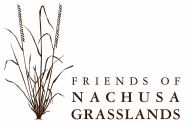
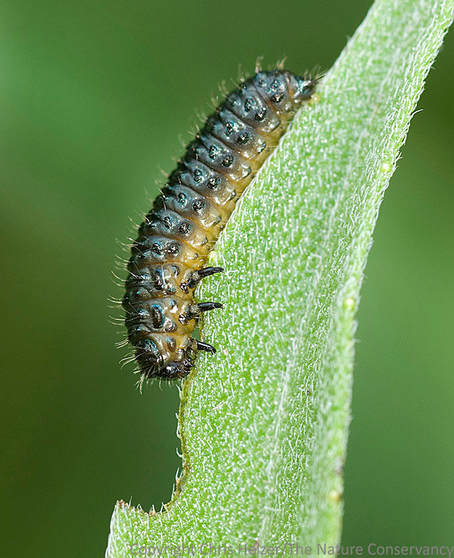
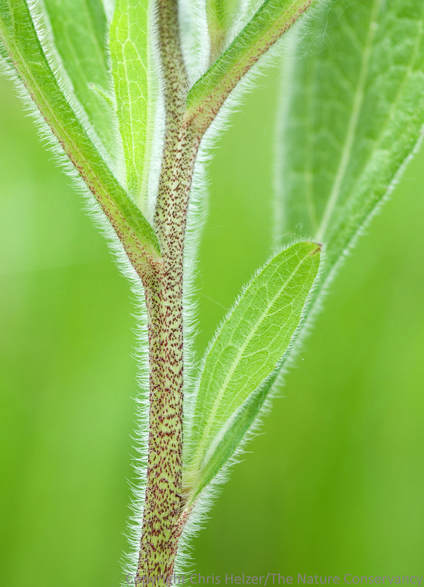
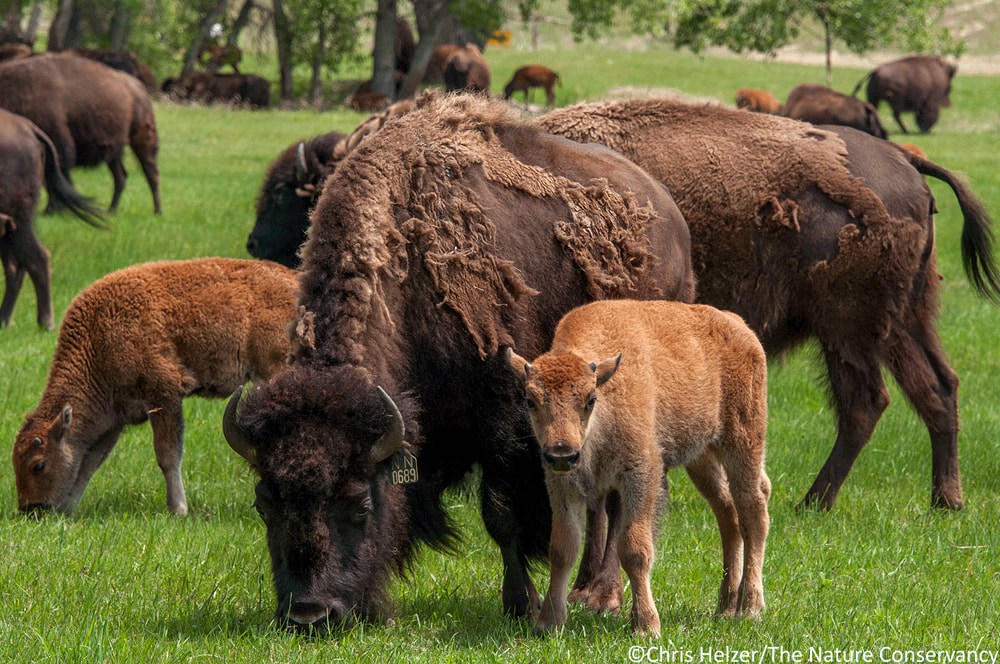
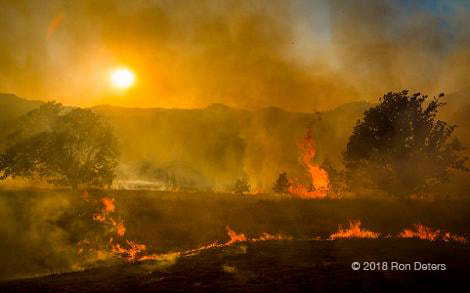
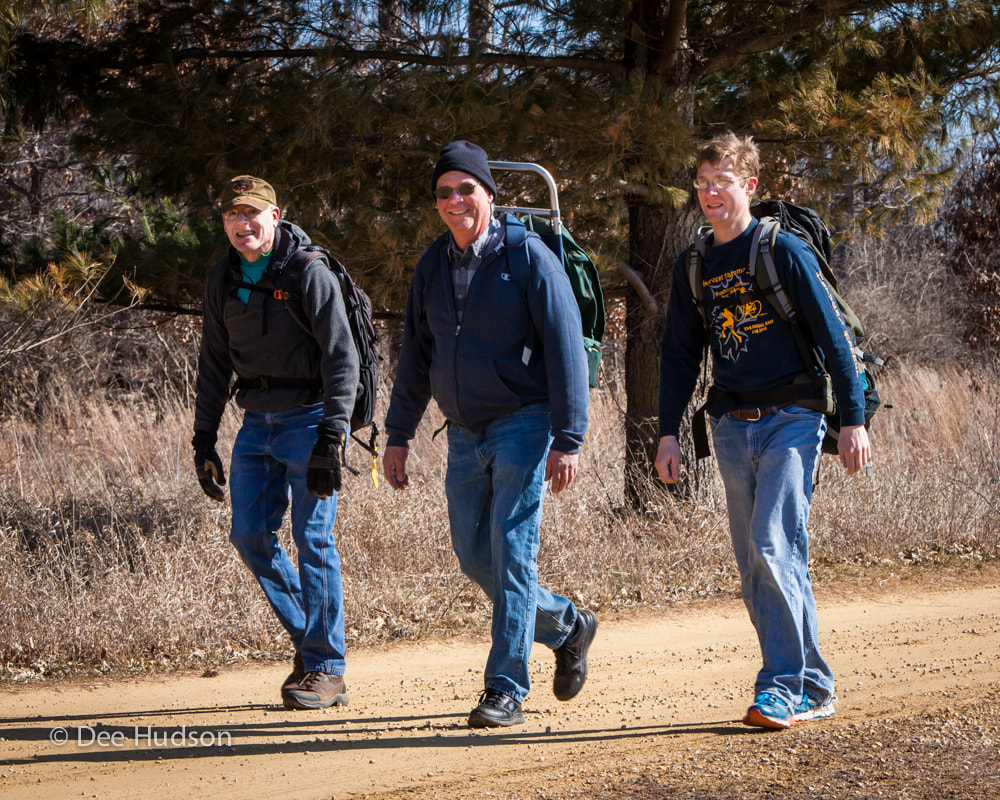
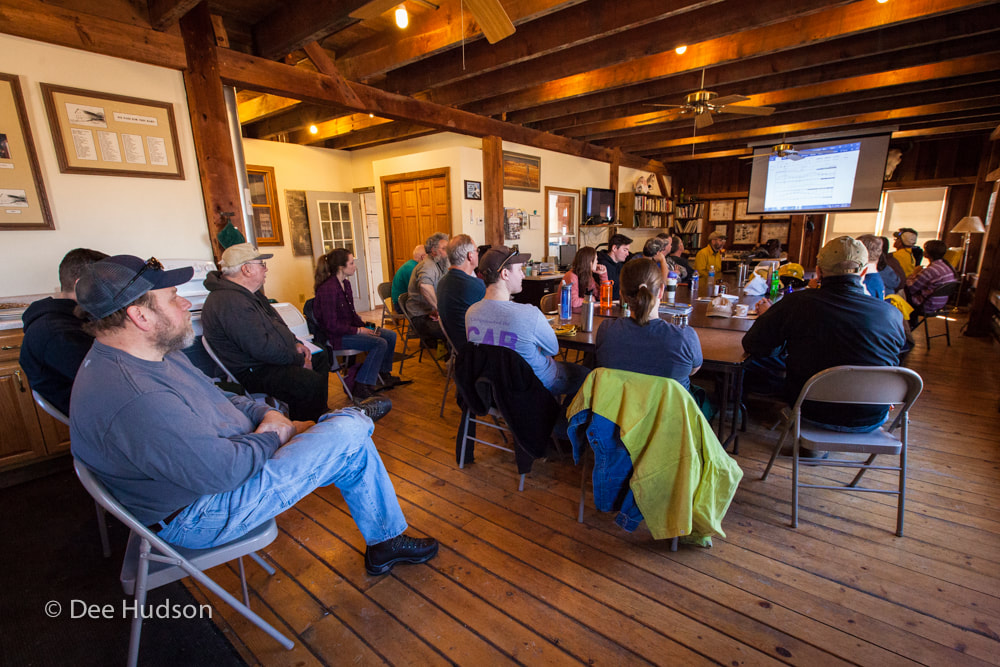
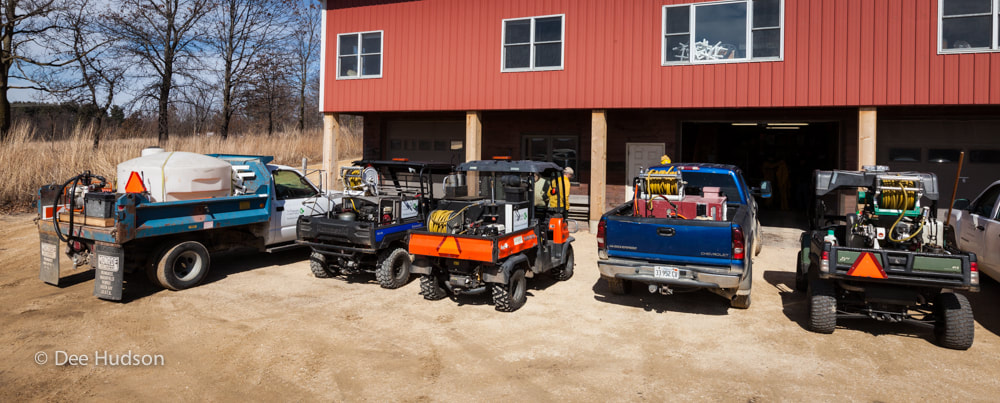
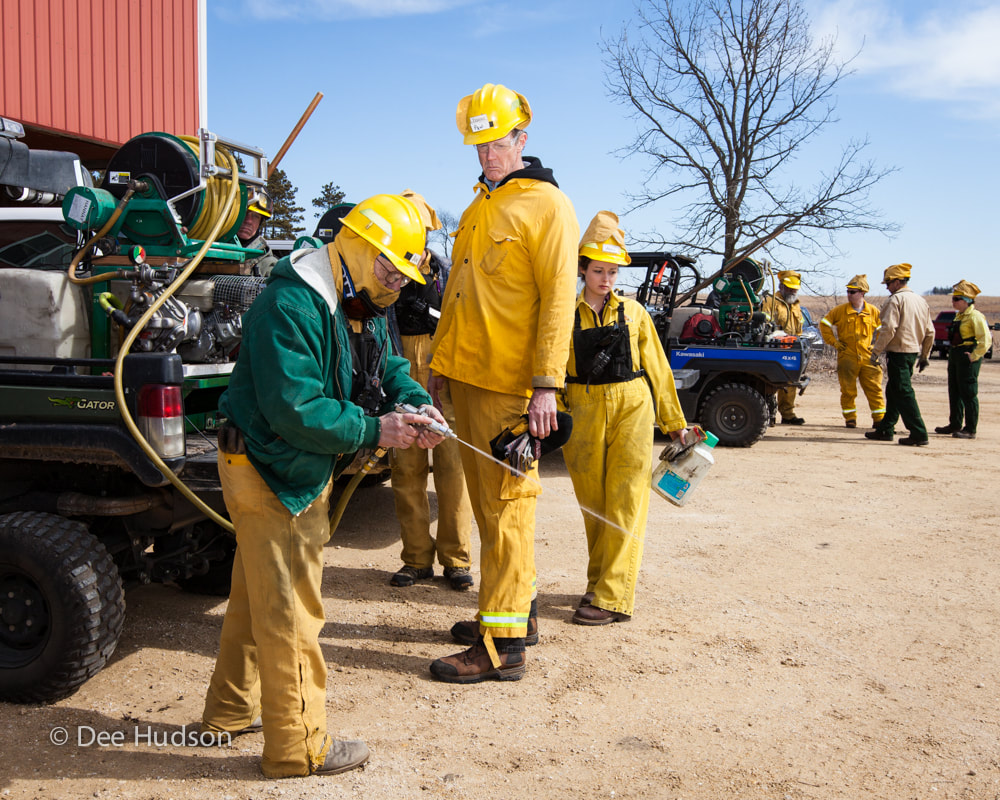
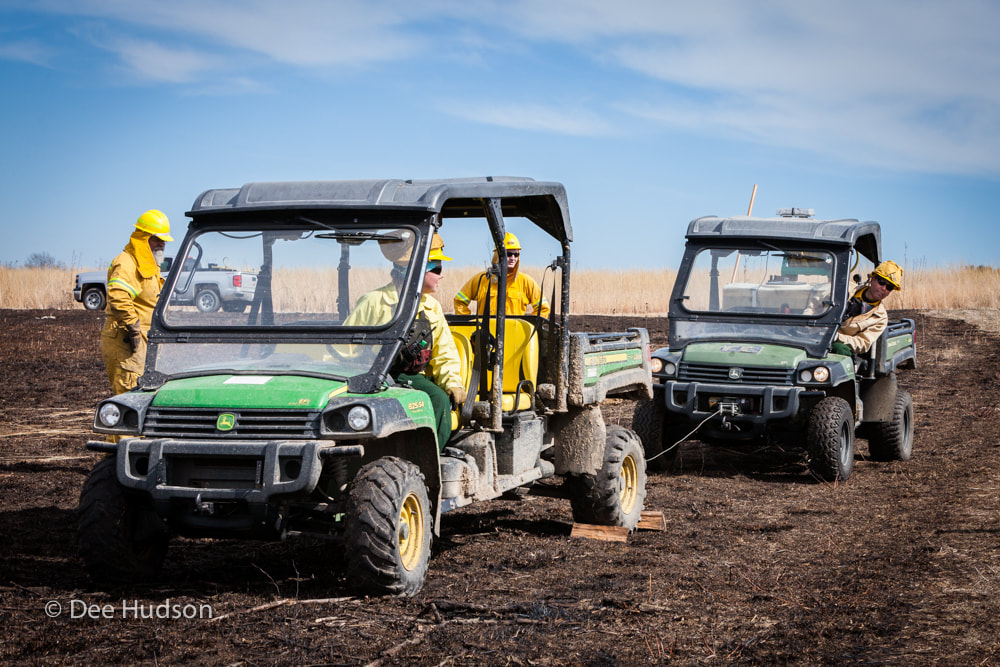
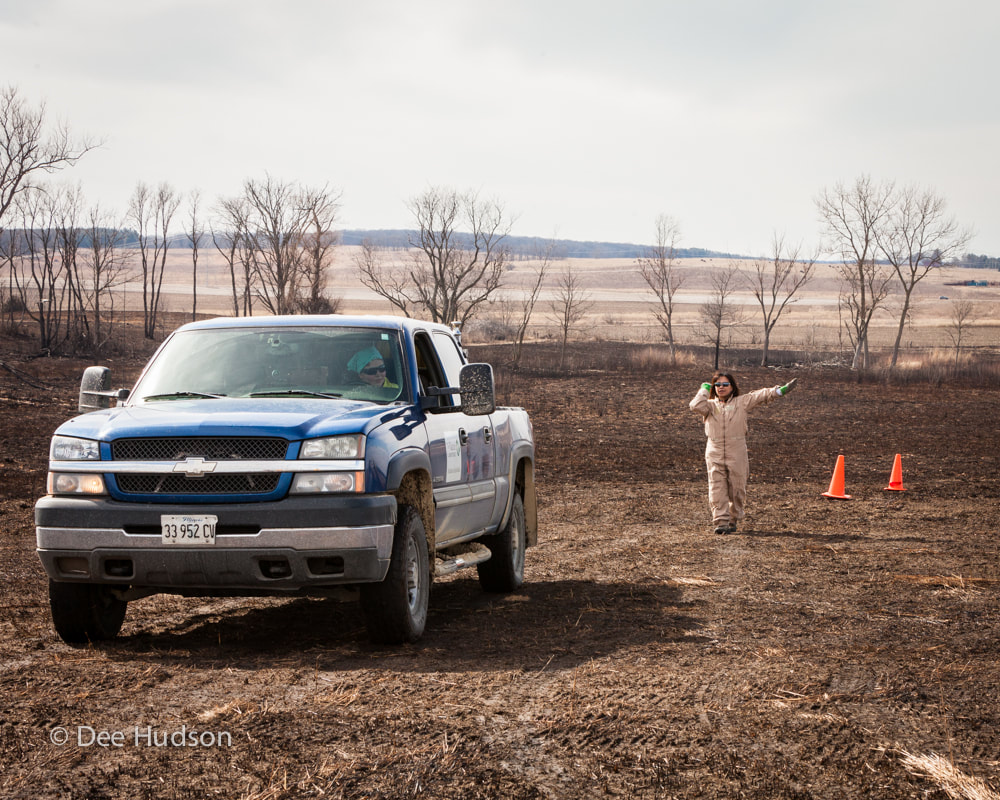
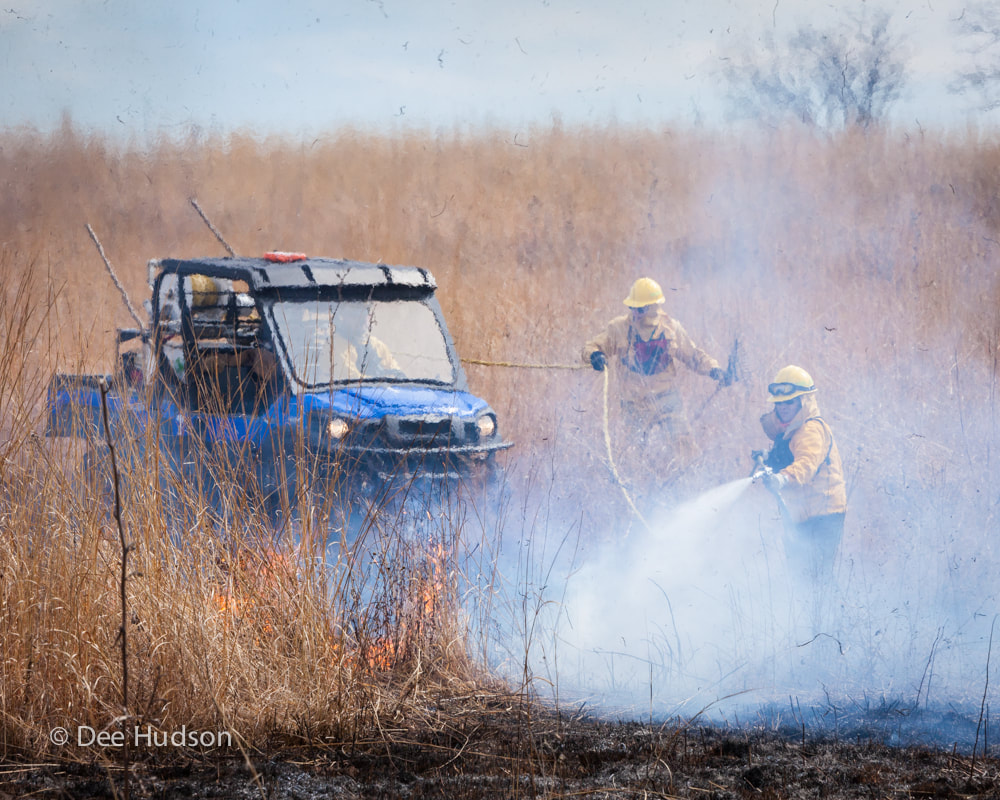
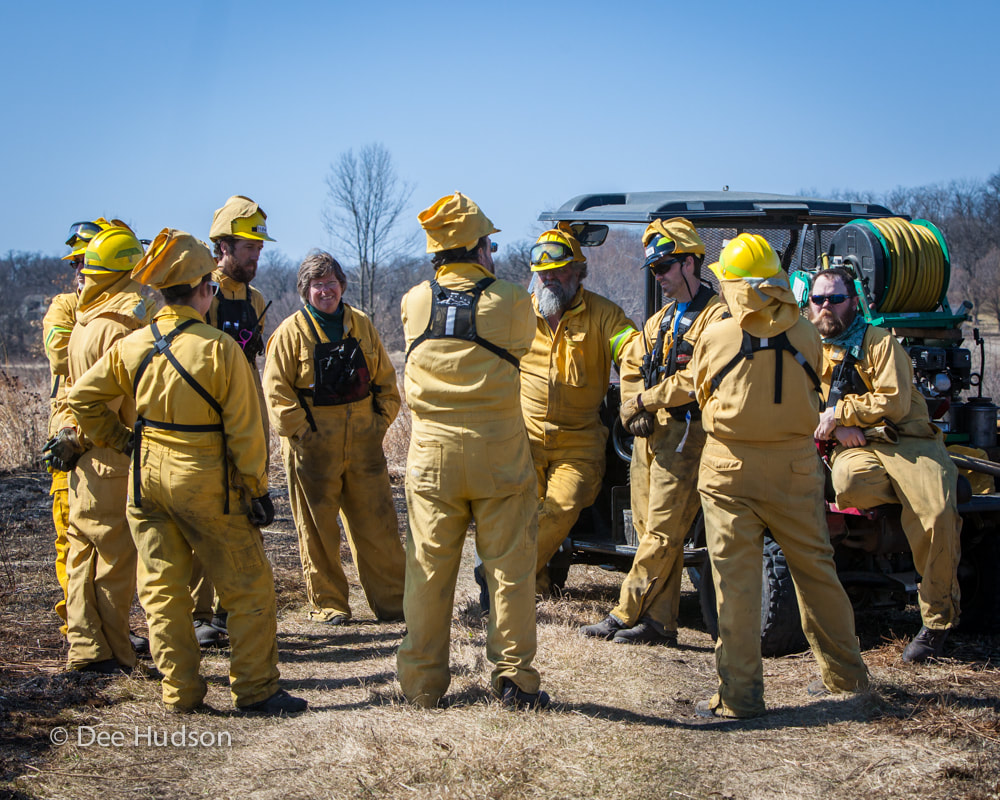
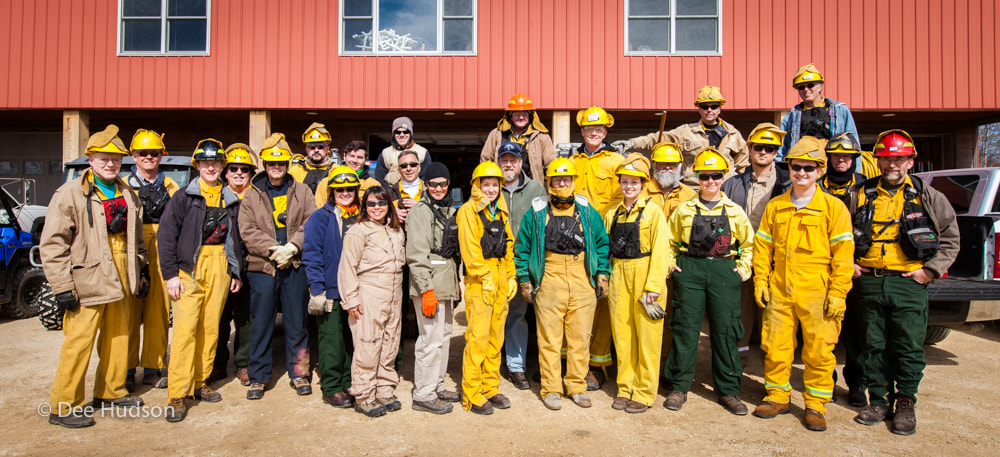
 RSS Feed
RSS Feed